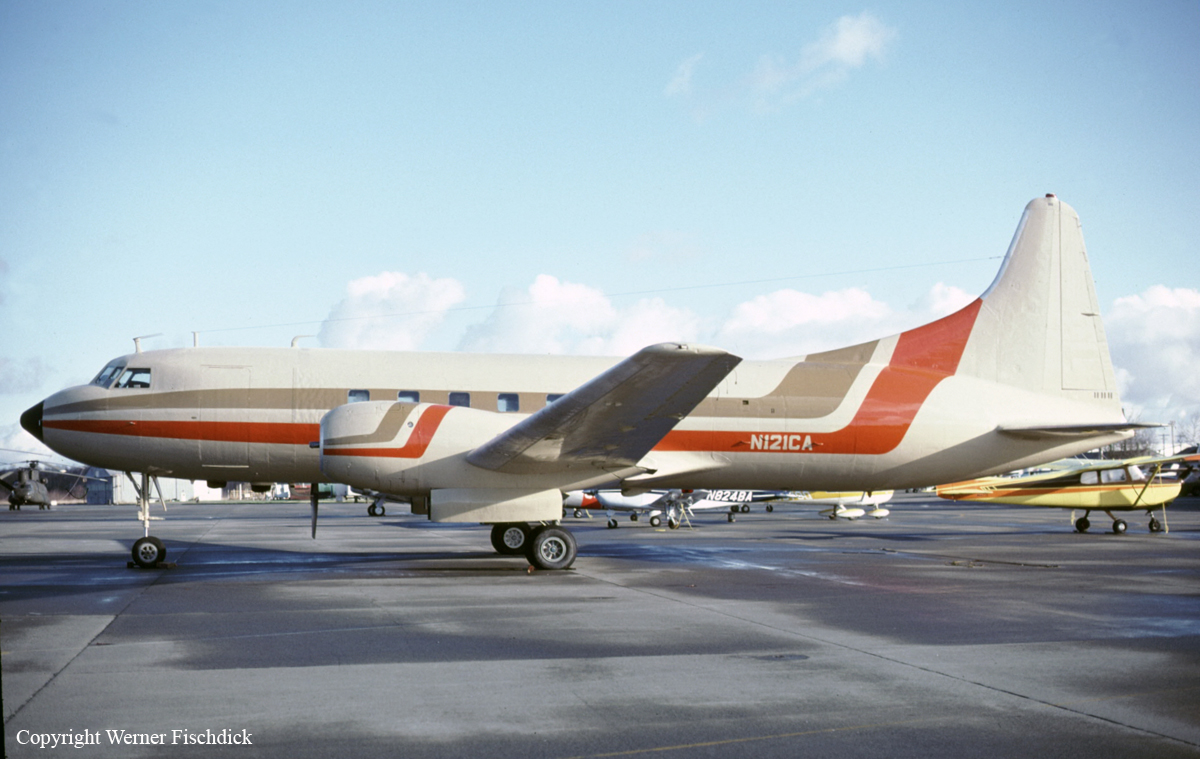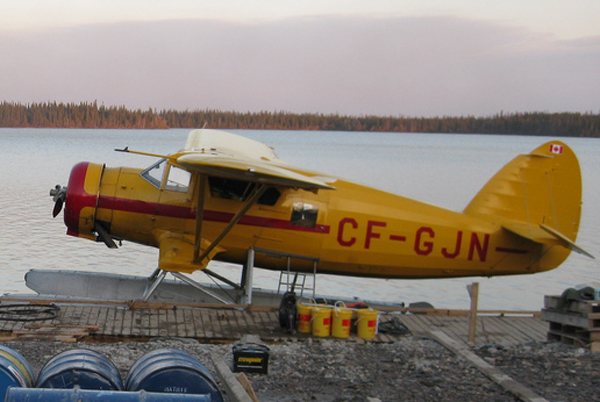Crash of a Cessna 401 in Albuquerque: 2 killed
Date & Time:
Jul 22, 1981 at 1230 LT
Registration:
N441RS
Survivors:
No
Schedule:
Albuquerque - Santa Rosa - Chesapeake
MSN:
401-0027
YOM:
1967
Crew on board:
1
Crew fatalities:
Pax on board:
1
Pax fatalities:
Other fatalities:
Total fatalities:
2
Captain / Total hours on type:
1020.00
Circumstances:
Immediately after takeoff from Albuquerque Airport, the twin engine airplane stalled and crashed near the runway end, bursting into flames. Both occupants were killed.
Probable cause:
Stall during initial climb after the pilot misunderstood orders or instructions. The following contributing factors were reported:
- The pilot selected the wrong runway relative to existing wind,
- Inadequate preflight preparation,
- High density altitude, about 9,000 feet,
- The pilot thought ferry permit prohibited use of longer runway due to populated area,
- Uphill gradient.
- The pilot selected the wrong runway relative to existing wind,
- Inadequate preflight preparation,
- High density altitude, about 9,000 feet,
- The pilot thought ferry permit prohibited use of longer runway due to populated area,
- Uphill gradient.
Final Report:







